Choosing the right floor lamp will perhaps be one of the easiest ways through which you can effectively illuminate your room. The versatility in the application associated with floor lamps makes them options to consider in lighting, for example, dark corners, without necessarily drilling or installing overhead. This article will take you through various types of floor lamps, from the taller models that illuminate a large area to those designed to focus light exactly where you need it. We will explain how to choose a lamp that will provide enough light for the whole room and then point out the main features to consider in order to get the best lighting for your space.
What Are Different Types of Floor Lamps?
Floor lamps come in all shapes and sizes, each with its own personality to fit your space and style. Let's take a look at some popular types that could light up your whole room.
| Type of Lamp | Description | Benefits | Considerations |
| Torchiere Floor Lamps | Tall lamps that send light upwards toward the ceiling with a bowl-shaped top. | Excellent for lighting up large areas with a soft glow by bouncing light off the ceiling. | Not ideal for task lighting or rooms with low ceilings; may be top-heavy for homes with pets/children. |
| Arc Floor Lamps | Lamps with a curved pole that extends over an area, with the light hanging down. | Allows placement behind furniture, illuminating larger sections without occupying much space. | Best when given space to feature their curve; great as a statement piece. |
| Tree Floor Lamps | Lamps with multiple adjustable 'branches', each ending in a light source. | Adjustable branches for versatile directional lighting; can highlight various room areas. | Adds a decorative element and can match many styles; perfect for enlivening corners. |
| Tripod Floor Lamps | Lamps standing on three legs with a light on top, often shaded. | Distributes light well across the room and adds a stylish look to any space. | Fits various decor styles; stable design is good for high-traffic areas. |
What to Look for When Picking a Floor Lamp
1. Choose a Lamp That Fits Your Room's Size
The lamp size should be in proportion to the room's scale. Using the above example of a living room measuring 20 feet by 15 feet, you would want to put in a lamp at least 58 to 64 inches tall so it is above eye level and can disperse light far. On the contrary, with the study being 10 feet by 12 feet, a rather short lamp would do better—maybe something around 48 to 54 inches high-without dominating the room. Always consider both the height and the footprint of the lamp base. A large room could accommodate a lamp with a broader base, while a smaller one might require a lamp with a smaller base to save floor space.
2. Find a Shade That Fits Your Style and Lights Right
The shade determines how the light is dispersed: translucent shades soften and disperse light widely, effective for ambient lighting within the room; shades that are opaque will focus the light up or down, perhaps more for task lighting.
Choose a color that works with your interior design, just as you would with an accessory to complete an outfit. A small, plain-colored shade would be sufficient if your room is tiny and your decor is minimalist. If your room is more energetic, it could use an interesting visual element with a pattern on the shade.
3. Choose a Tall or Short Lamp for What You Need
The height of your floor lamp is crucial as it determines how the light is distributed across the room. For instance, a lamp that stands at around 68 inches or taller can cast light widely, making it suitable for illuminating a larger area. On the other hand, shorter lamps, perhaps around 48 to 58 inches in height, are ideal if you're aiming for more focused lighting, such as for reading in a cozy chair.
Consider an arc lamp with an adjustable height feature; it can serve dual purposes - provide ambient lighting when extended to its full height or offer directed light for tasks when positioned lower.
4. Use Bulbs That Provide the Right Light and Save Energy
LEDs are long-life and energy-efficient. CFLs give their bright light quickly but will not have the long life of LEDs. Incandescents are just inefficient and will not last as long. Pick one that fits your needs-for example, an LED for consistent, efficient lighting, or an incandescent that provides warm, cozy lighting.
Wattage expresses the brightness of a bulb; in the case of LEDs, one needs fewer watts to get the same brightness. Consider an LED that has a lower wattage yet does the same job with so much higher wattages of an incandescent bulb.
Shop Our Premium Lighting Collection
Explore our hand-selected bestsellers featuring crystal chandliers, pendant lights, wall scones and authentic alabaster stone:
How to Make the Most of Your Floor Lamp
Getting your floor lamp to shine in all its brilliance actually takes some strategizing. Here are helpful hints that shall help you light up your life and maximize the use of your lamp.
Tip 1: Opt for Strategic Placement
Place your floor lamp well to get the best out of its light. When placed in a corner, it is able to reflect light off of walls, creating a warm, inviting glow throughout the space much more evenly than it would if standing alone in an open space. Place it against the wall—mostly a wall colored in light hue or covered with bright-colored wallpaper increases the reach of the light coming from it greatly and makes your room appear larger and brighter.
Tip 2: Combine with Other Light Sources
Your floor lamp can do wonders teamed up with other sources of light. It works in a living room by creating a soft light across the entire room. One does this by installing recessed ceiling lighting, which may help next to your desk complement a task lamp with its concentrated light for reading and writing and serve to reduce eye strain. Alternatively, you can add some fancy sconces or a string of lights around the room; these add extra light but also work in beautifying the space altogether.
Tip 3: Create a Mix of Highs and Lows
Mixing light fixtures at different heights creates an interactive and multi-layered way of lighting. While the pendant would draw the eye upward, table lamps would cast smaller and more intimate pools of light, allowing a wide range of atmospheres and functions. This variation not only works to enhance the overall illumination of the room but also further beautifies it, keeping it vibrant and dynamic for different moods and activities.
Tip 4: Incorporate a Dimmer for Versatility
Adding a dimmer switch to your floor lamp will really increase its functionality. This can be dialed down in intensity for movie nights to create that relaxed scene—similar to a home theater—or it can be dialed up for instances when clear visibility is needed for other tasks, such as crafting or cleaning. Besides, operating on a dimmer is energy-efficient, probably with the effect of reducing your electricity bill by a margin and increasing the life of your bulbs, as they will operate at full capacity for a reduced period.
Tip 5: Adjust Brightness According to the Task
Tailoring the brightness of your floor lamp to suit specific activities can significantly enhance your comfort and the functionality of the space. For instance, at dinner time, it may be softer light; when you work on more detailed hobbies, like jigsaw puzzles or model assembling, you may want to switch on stronger light. As for everyday activities, such as reading, a medium setting often turns out to be just right, providing ample illumination without creating glare on the pages.
Choose the Perfect Floor Lamp Today
Finding the best floor lamp comes down to how well it fits your room and meets your needs. Keep in mind how big your room is, choose a lamp that’s easy to adjust, get the right kind of light bulb, and pick a lampshade that matches your style. Put your lamp in the right place for the best glow, mix it with other lights for a cozy feel, and think about getting a dimmer for more control over the brightness. With these simple steps, your new floor lamp can do more than just light up a space—it can make your room a nicer place to be, at any time of day.

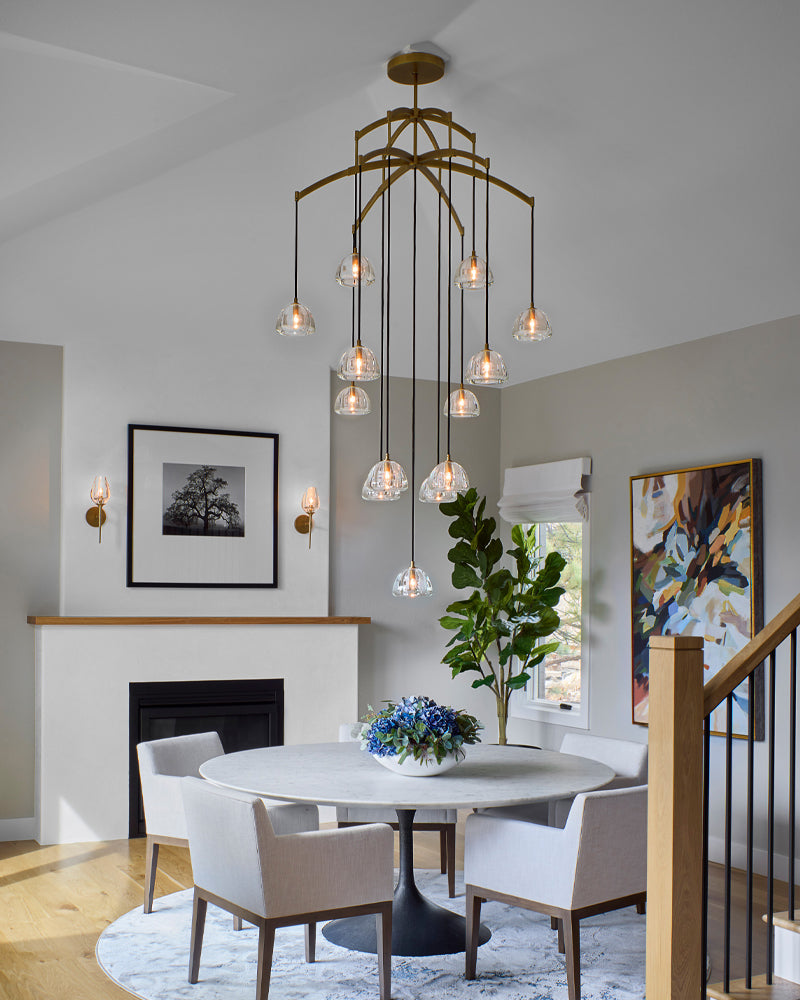
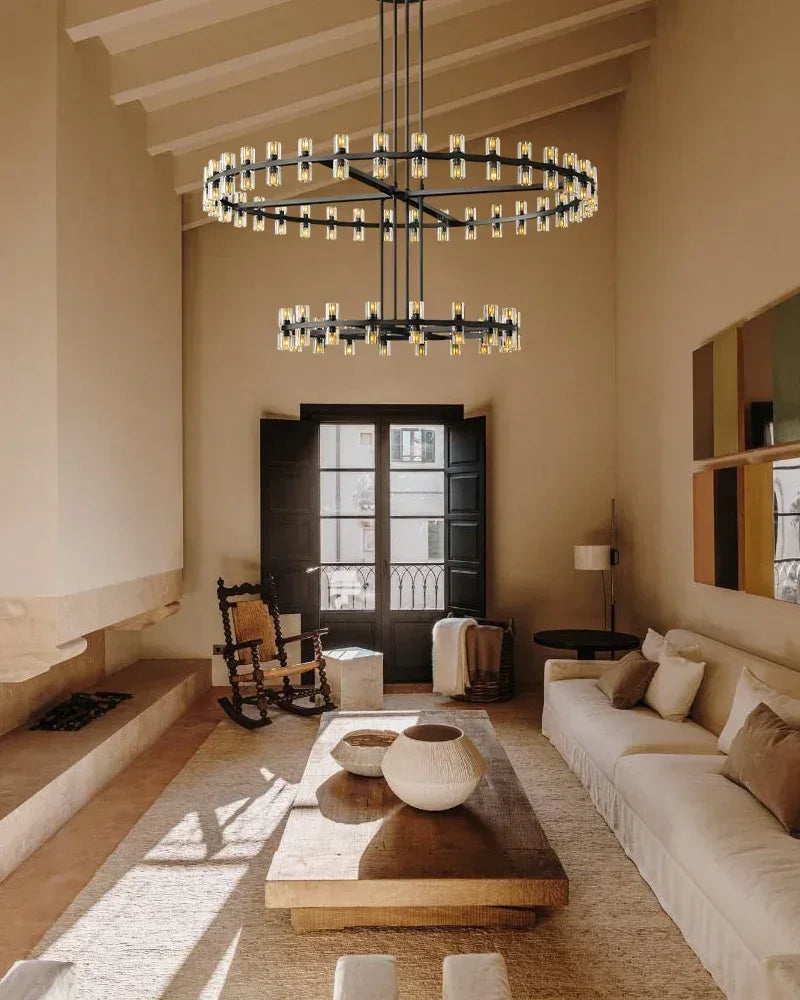
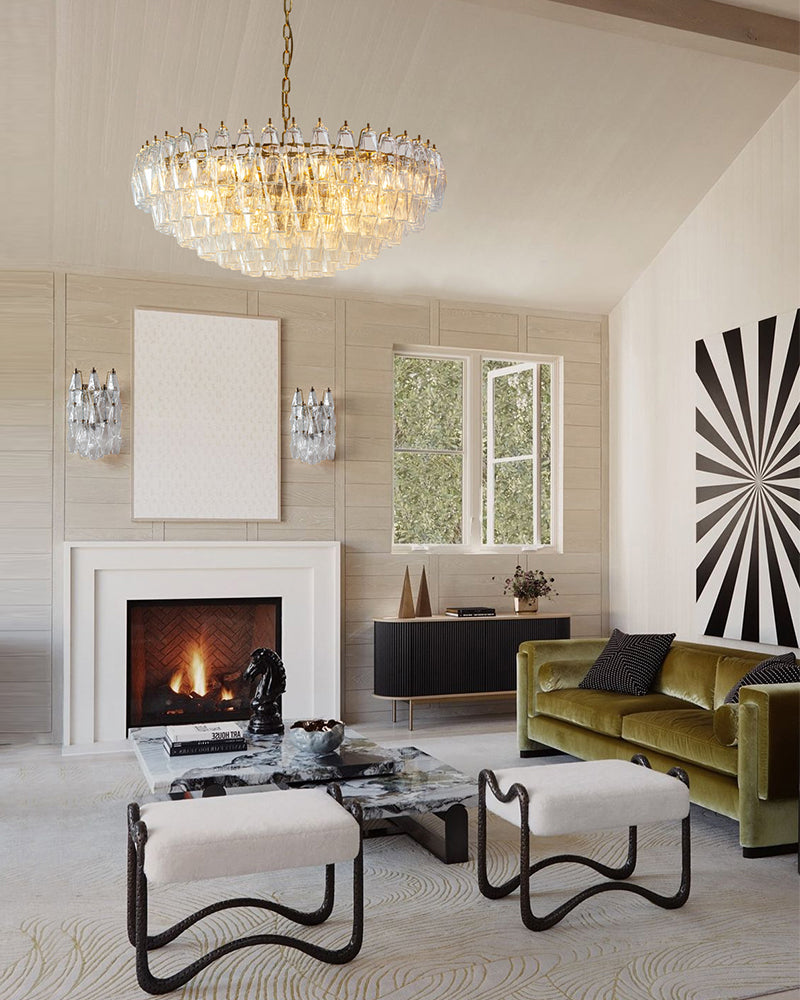
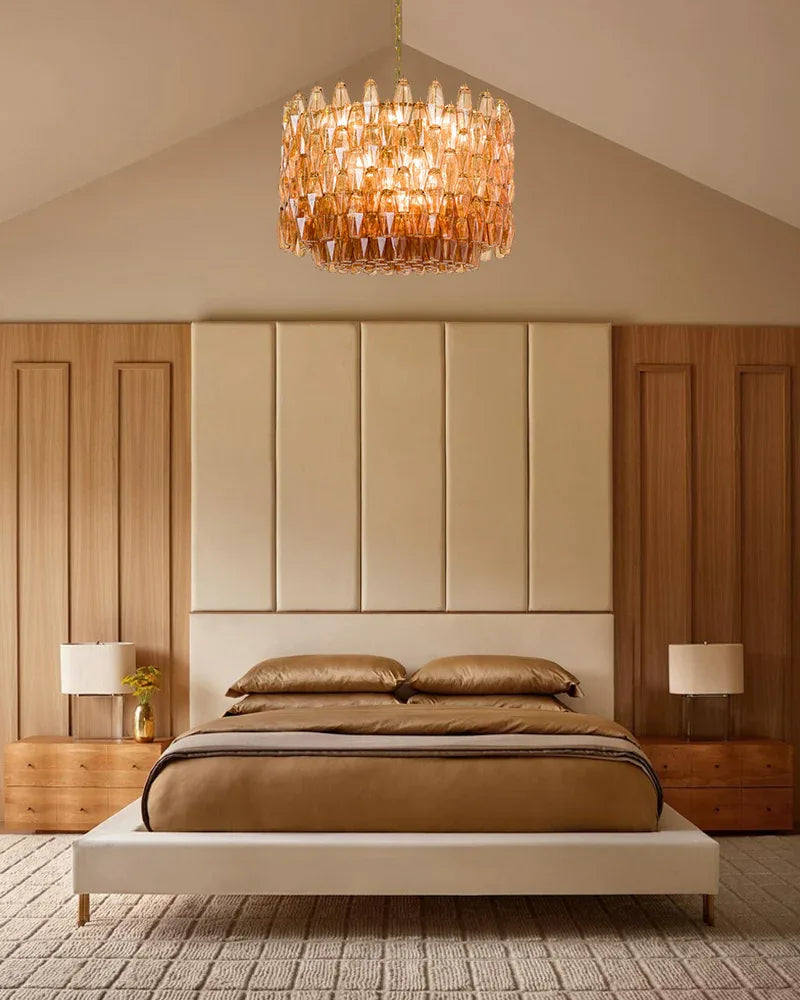
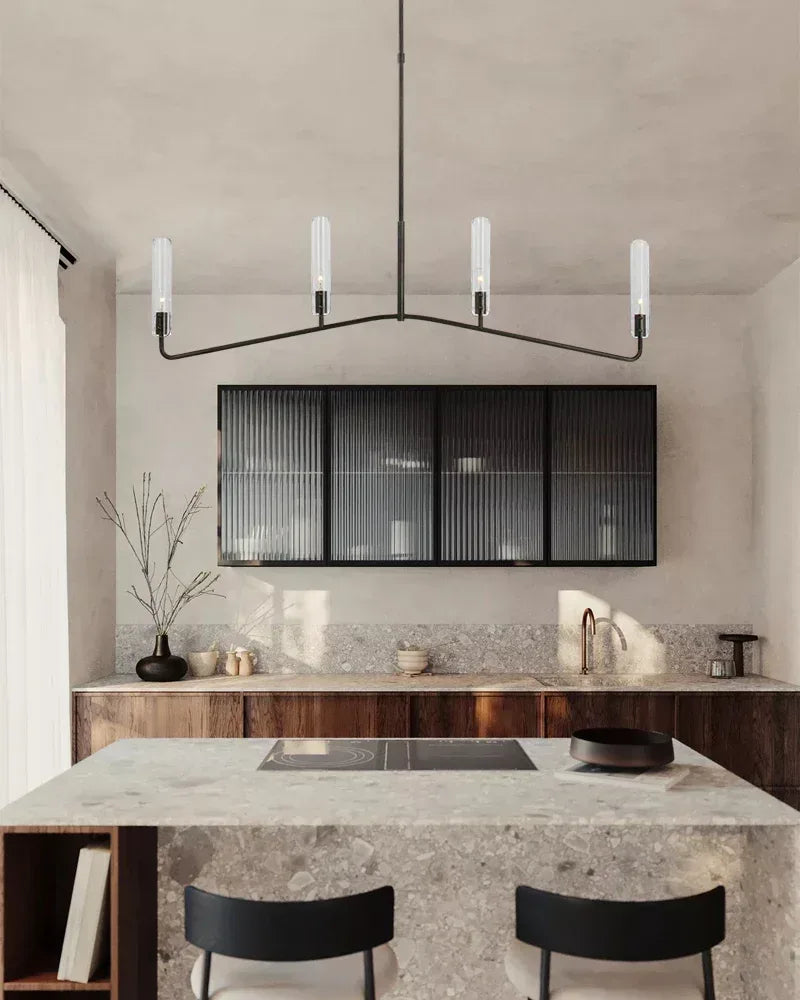
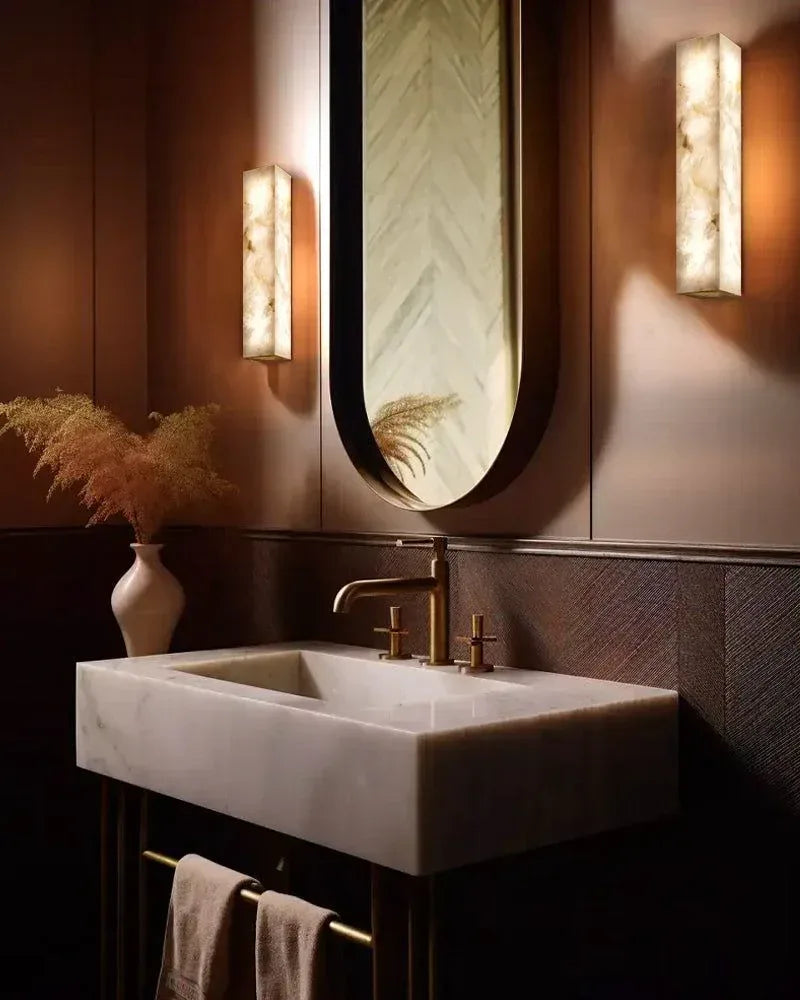

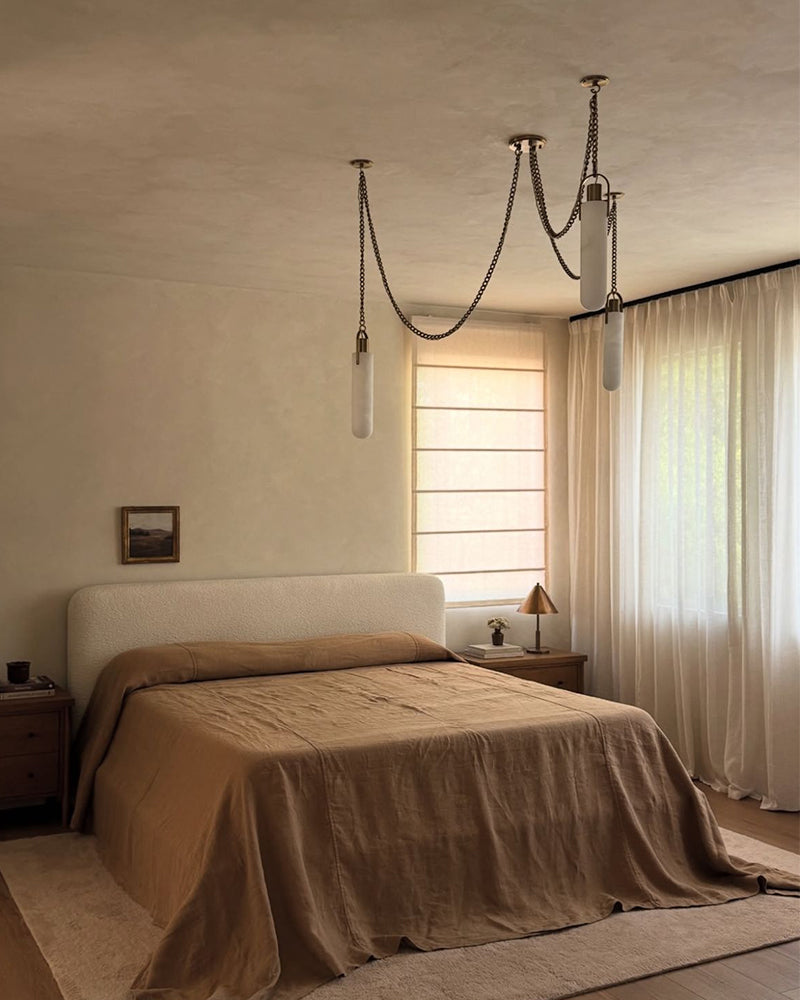
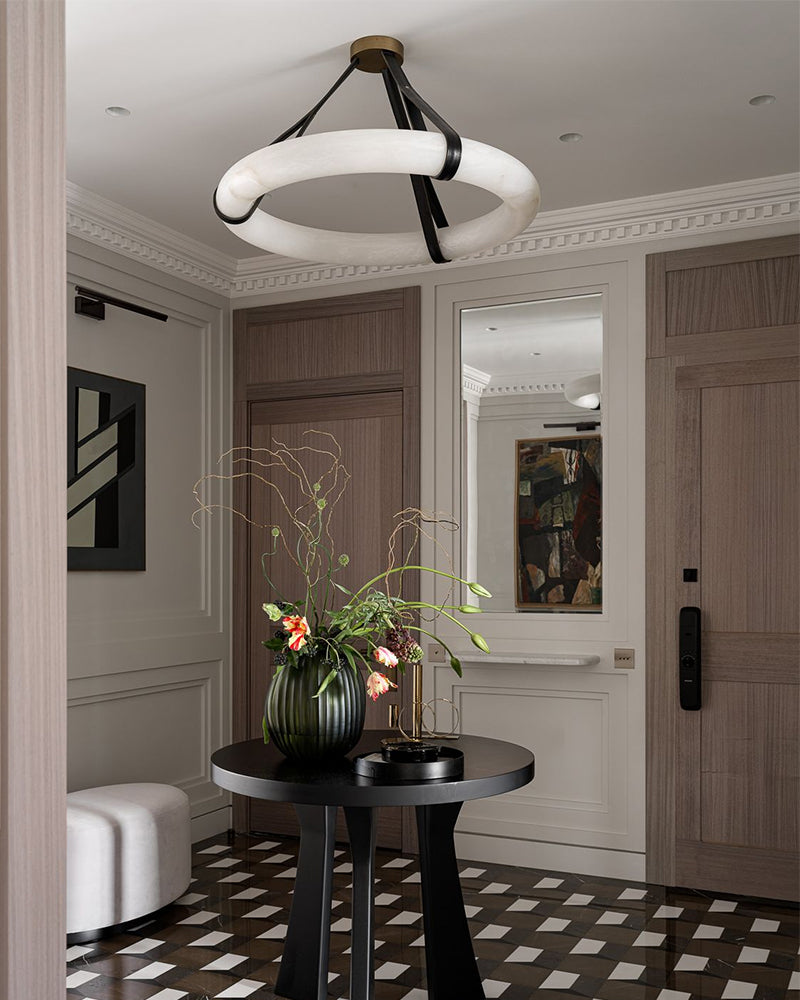
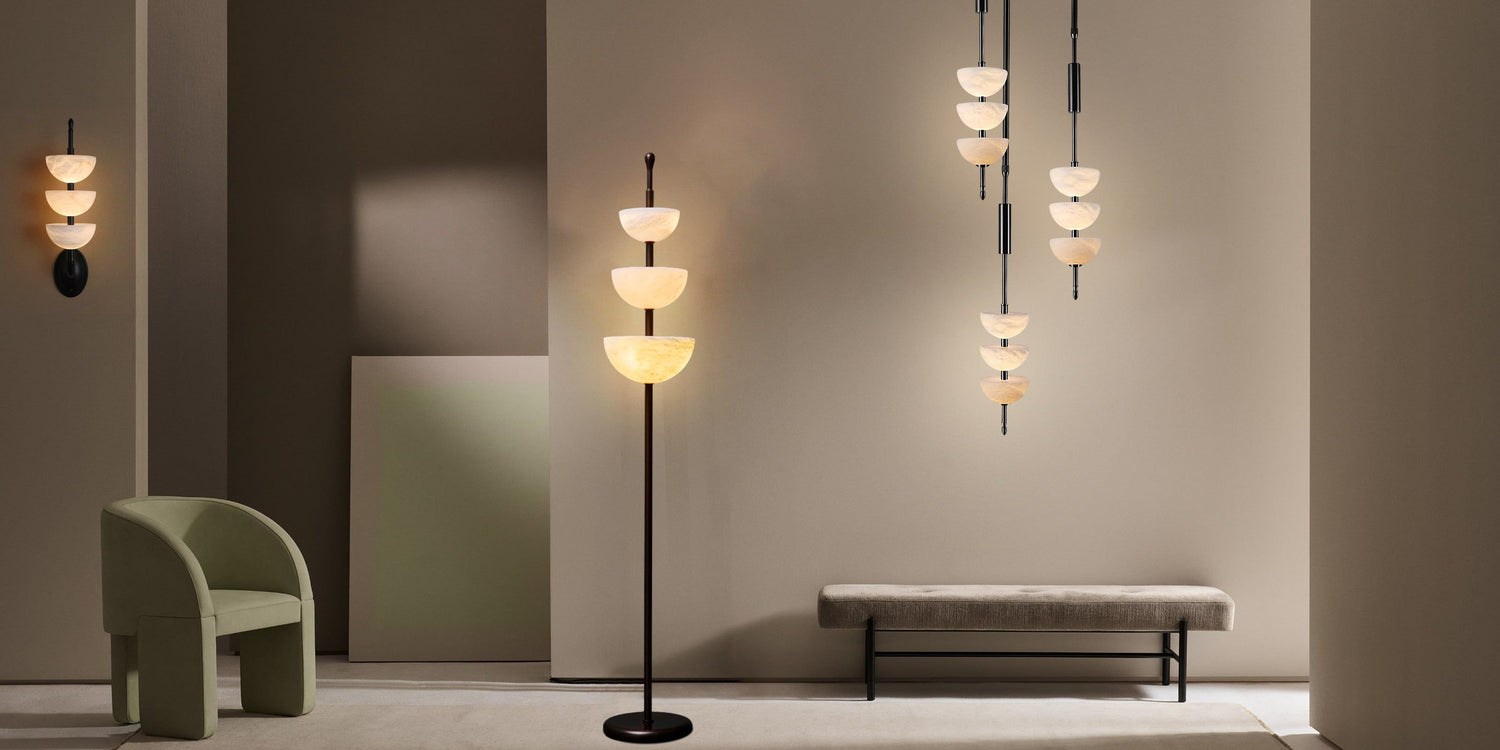
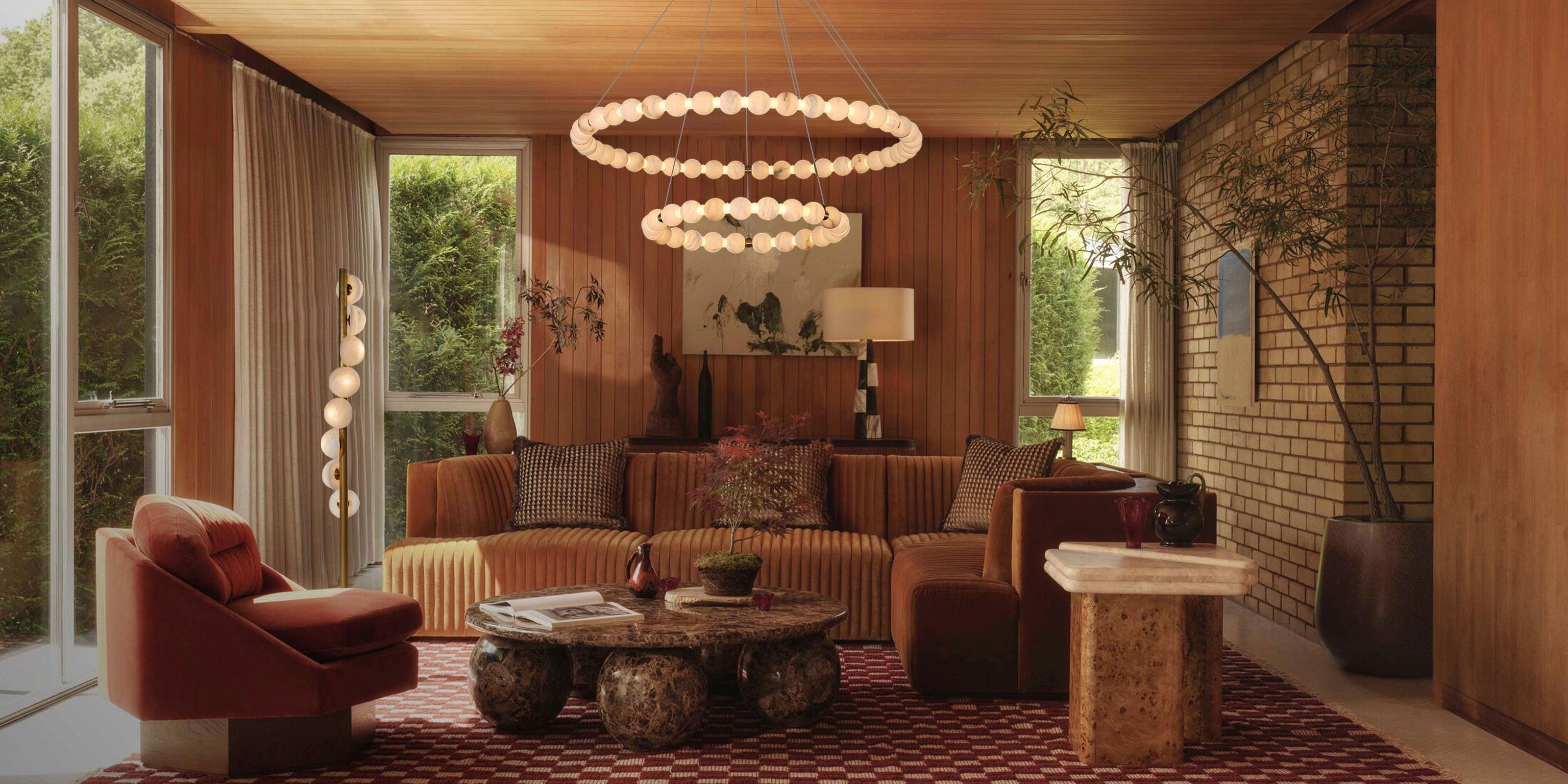

Leave a comment
This site is protected by hCaptcha and the hCaptcha Privacy Policy and Terms of Service apply.